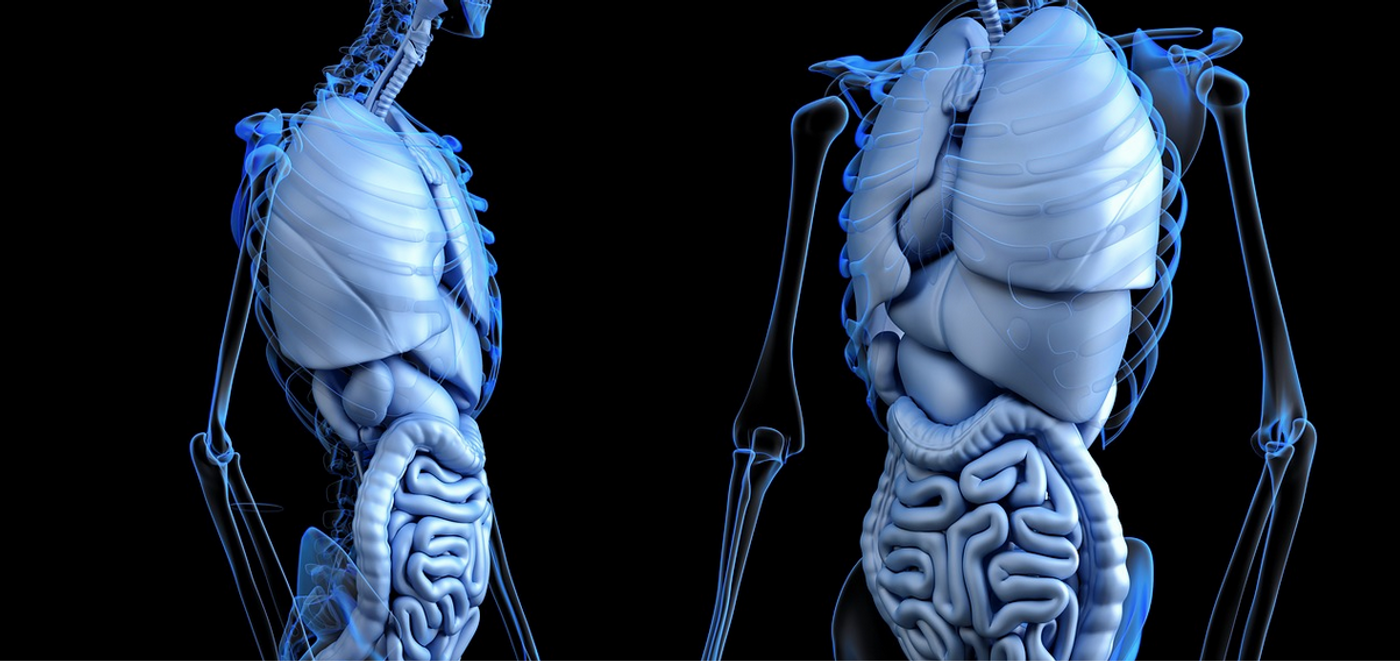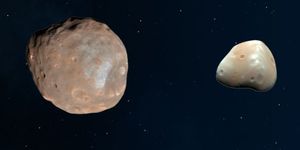Researchers Reveal the Signals That Cause Chronic Gut Pain
Many people suffer from gastrointestinal disorders that disrupt bowel function and lead to excessive inflammation, which often causes chronic pain. While abdominal pain can happen when there is physical stretching, such as from bloating, the biological mechanisms underlying abdominal pain are not well understood. New research has shown, however, that Piezo2 ion channels, which are involved in the sense of temperature and mechanical pressure, are present in the colon and they play a role in abdominal pain sensation. This work, which used a mouse model, has been reported in Neuron and may help scientists develop better therapeutics for the chronic pain that often accompanies bowel disorders.
TRPV1 and Piezo2 are ion channels that can be found in the membrane of neurons and are activated in response to various stimuli including temperature, chemicals, and mechanical force. They are also thought to play a role in the sensation of some types of pain. This is the first research to show that Piezo2 is present in the colon.
"In discovering that this receptor is also in our gut, there's the potential that selectively targeting these channels could be used for long-term silencing of pain sensations from internal organs, without the need for frequent consumption of opiate pain medications," said Professor Nick Spencer of Flinders University.
"Chronic pain from internal organs, such as the gut or bladder, is notoriously difficult to treat. Opiates, including morphine and their derivates have been commonly used to treat a variety of types of pain but visceral pain doesn't respond well to the treatment and the drugs are highly addictive with a multitude of side effects."
The study authors noted that without knowing exactly how nerves in the gut signal to the brain, it is especially difficult to develop pain medications that selectively target the gut.
While previous work has shown that various ion channels can be found on neurons in the gut that sense pain and communicate with the brain, this research has indicated that Piezo2 ion channels are activated by stretching and are involved in pain signals in the gut. When those channels were removed from mice, the pain signals were relieved.
"From this knowledge we can focus on targeting these channels to silence the pain sensations and hopefully produce a treatment for visceral pain, common in conditions such as irritable bowel syndrome, endometriosis or abdominal cancers, while avoiding the devastating side effects of opioids," said Spencer.
Sources: Flinders University, Neuron









